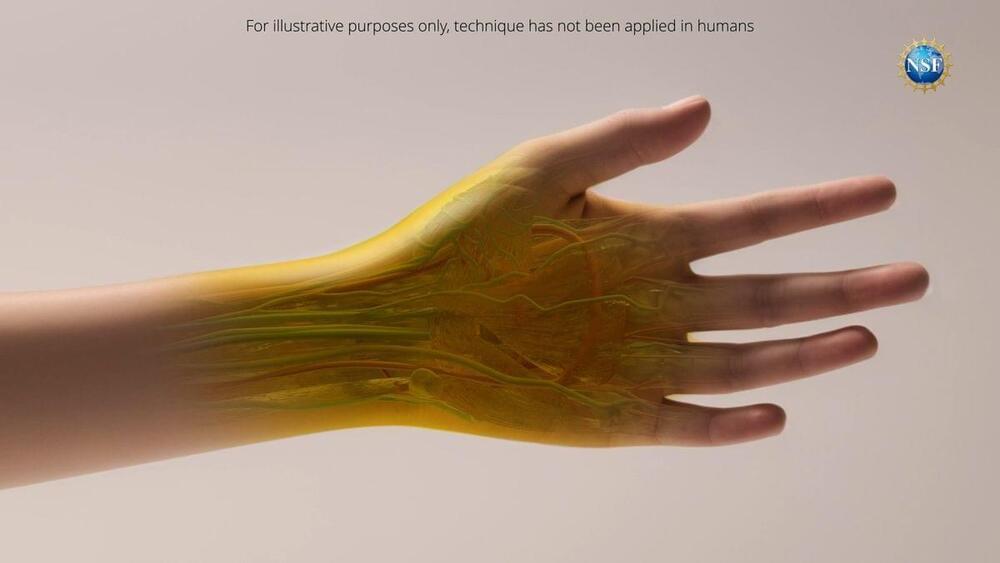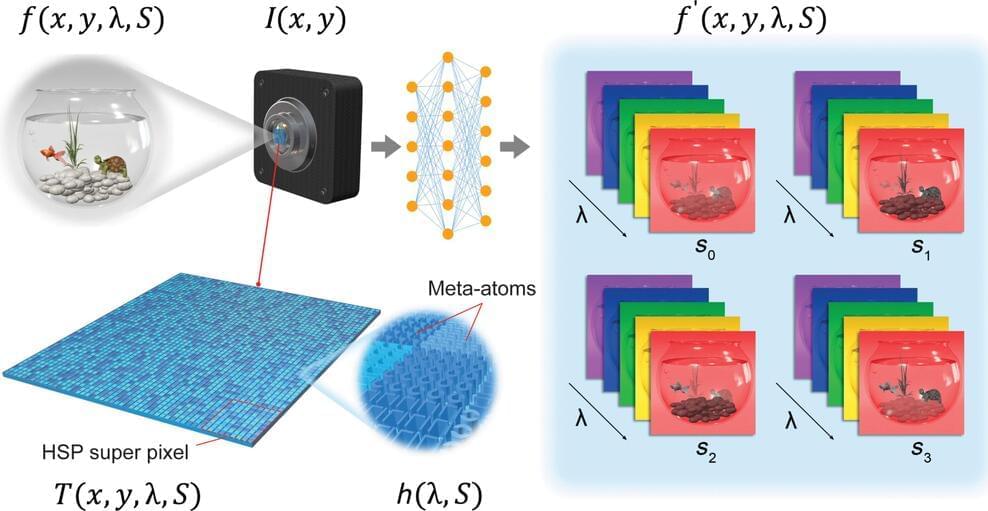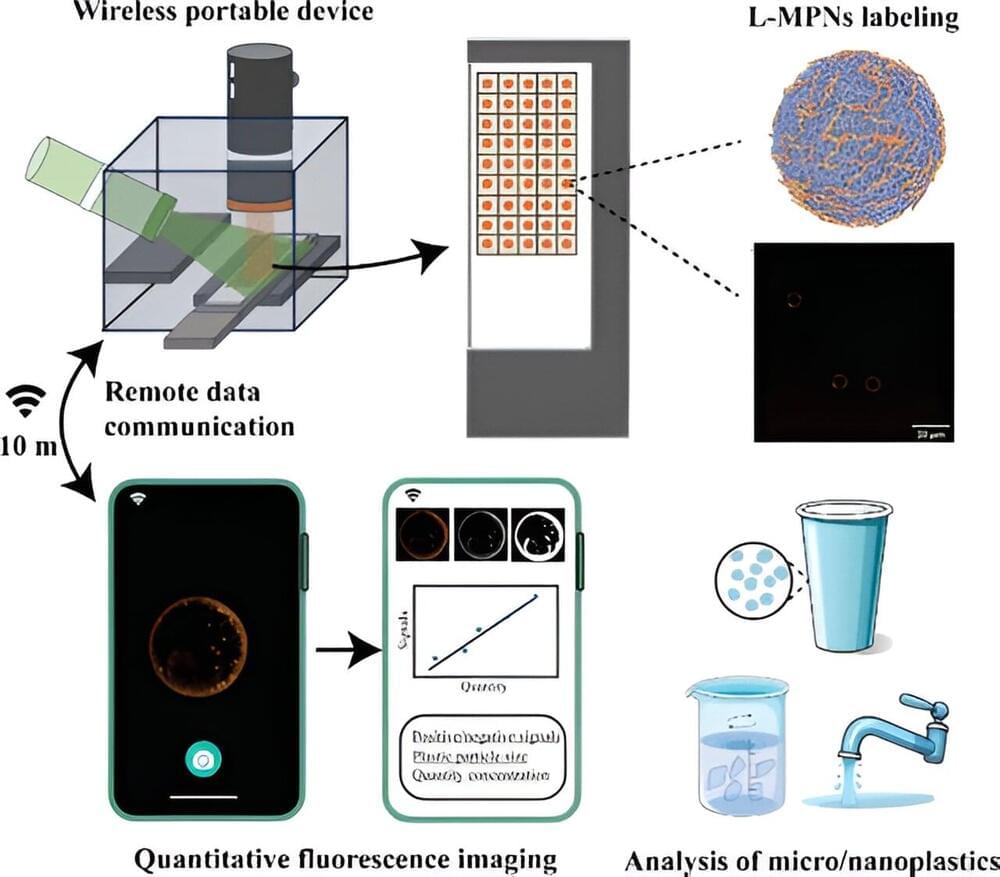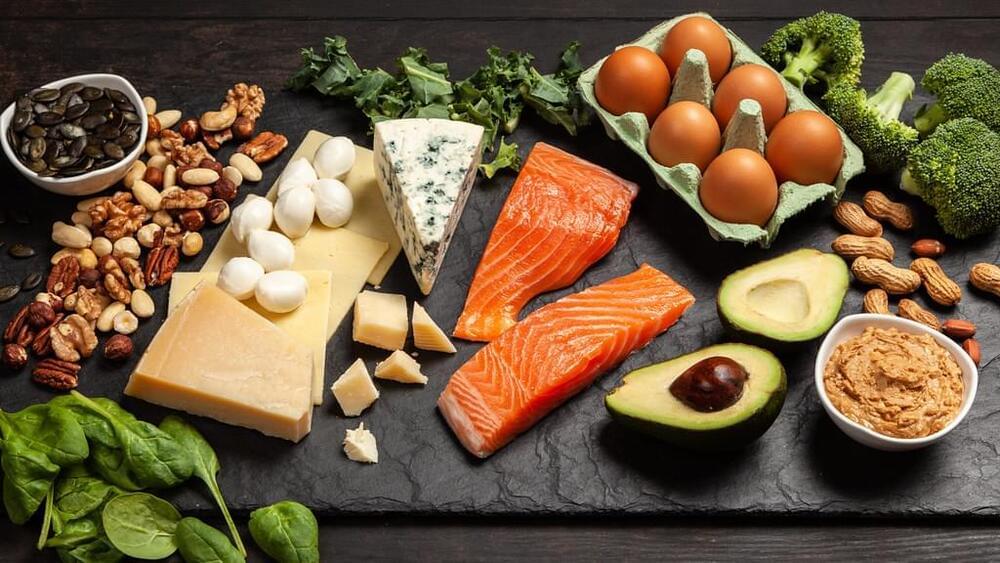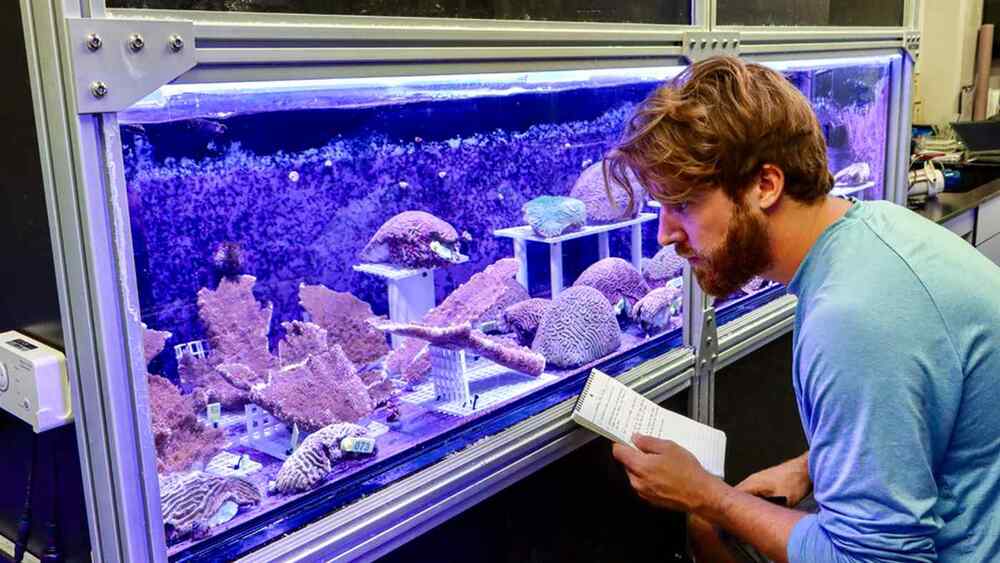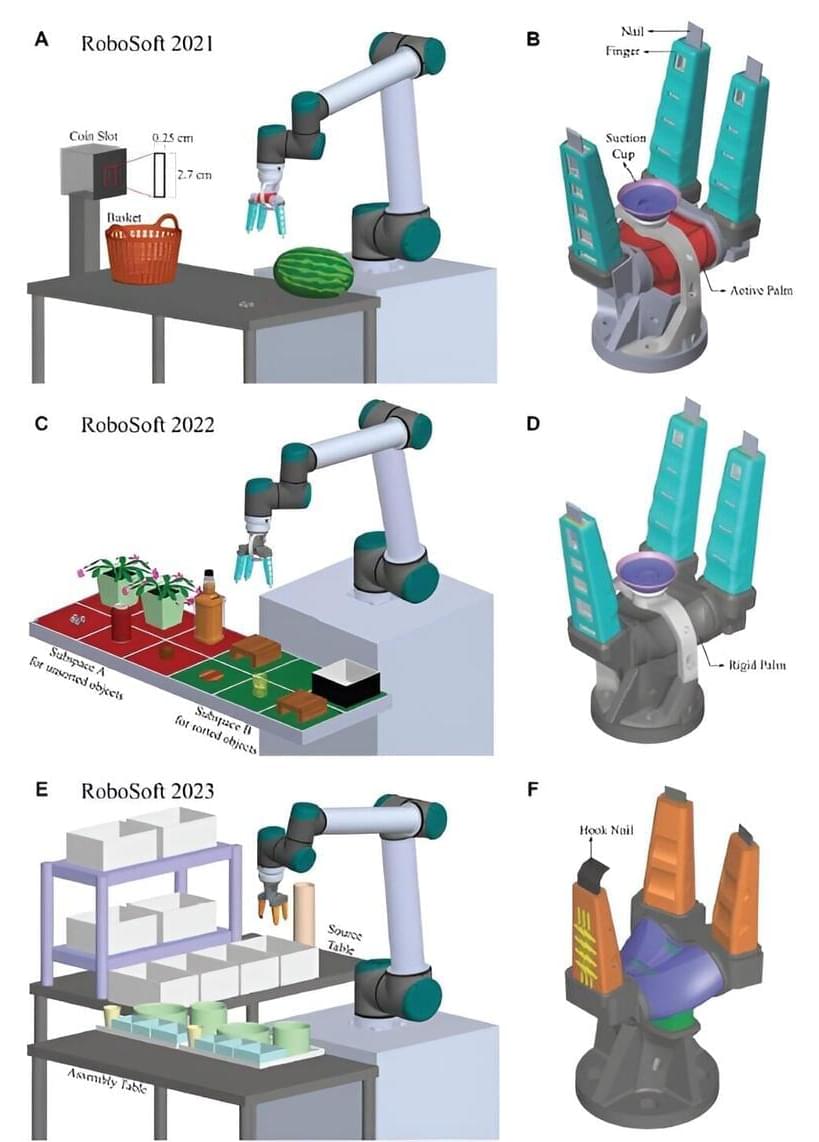Sep 5, 2024
Scientists just made mice ‘see-through’ using food dye — and humans are next
Posted by Genevieve Klien in categories: biotech/medical, food
A common food dye can turn the skin of living mice transparent, enabling researchers to peer inside the body without surgery.
This is the first time scientists have used the technique to visualize the tissues of living mice under the microscope. They used a food-safe dye, which can likely be found in snacks in your pantry, and several fundamental physics principles to render the mice see-through.
